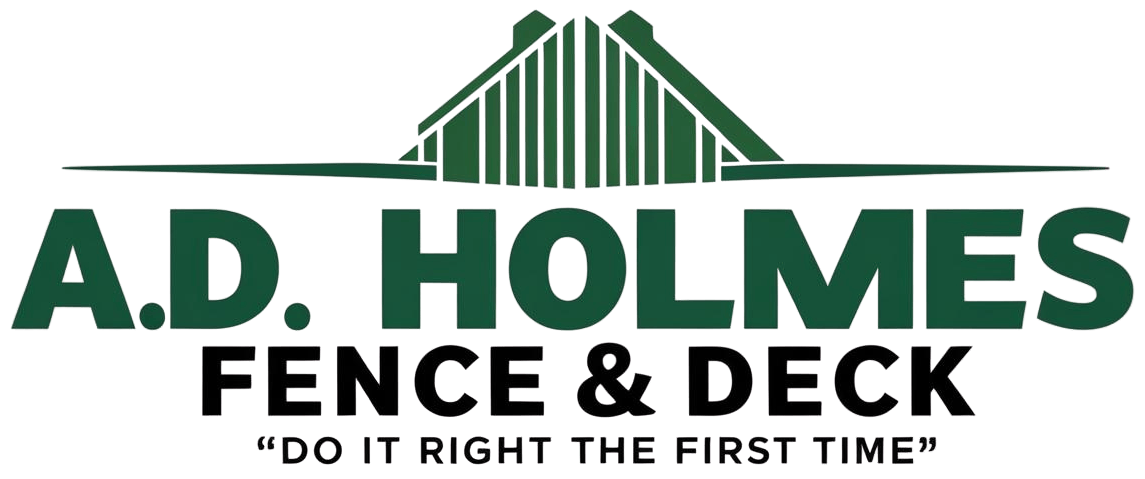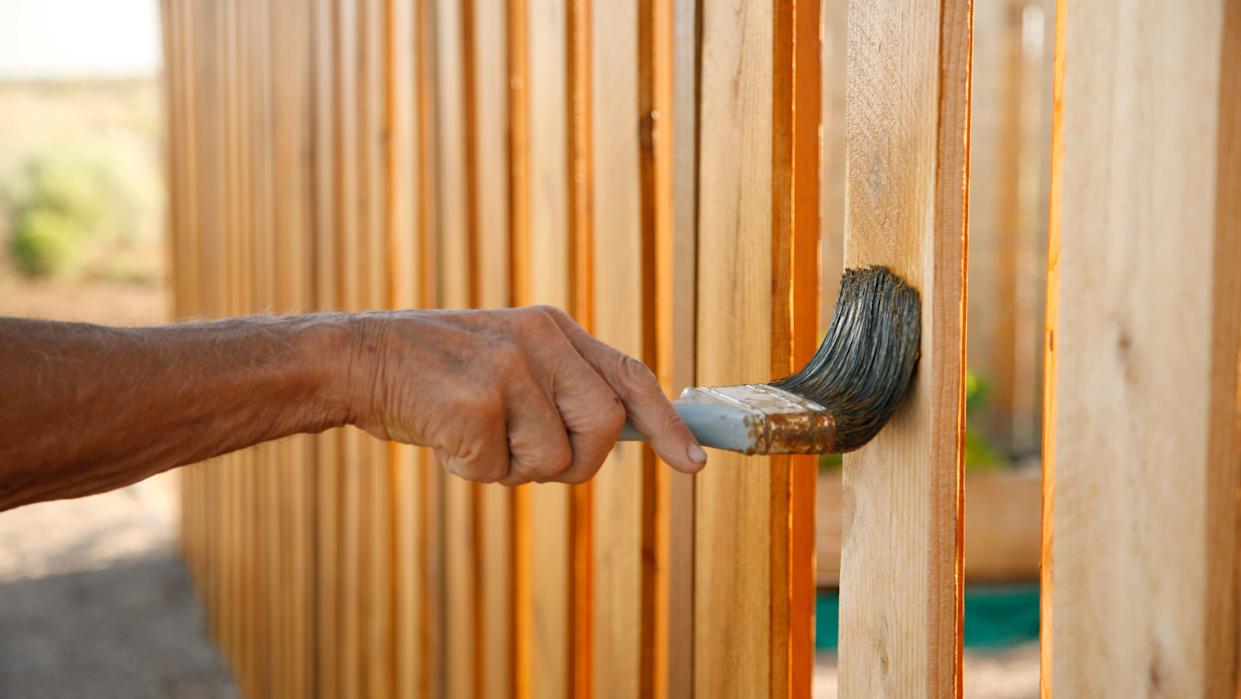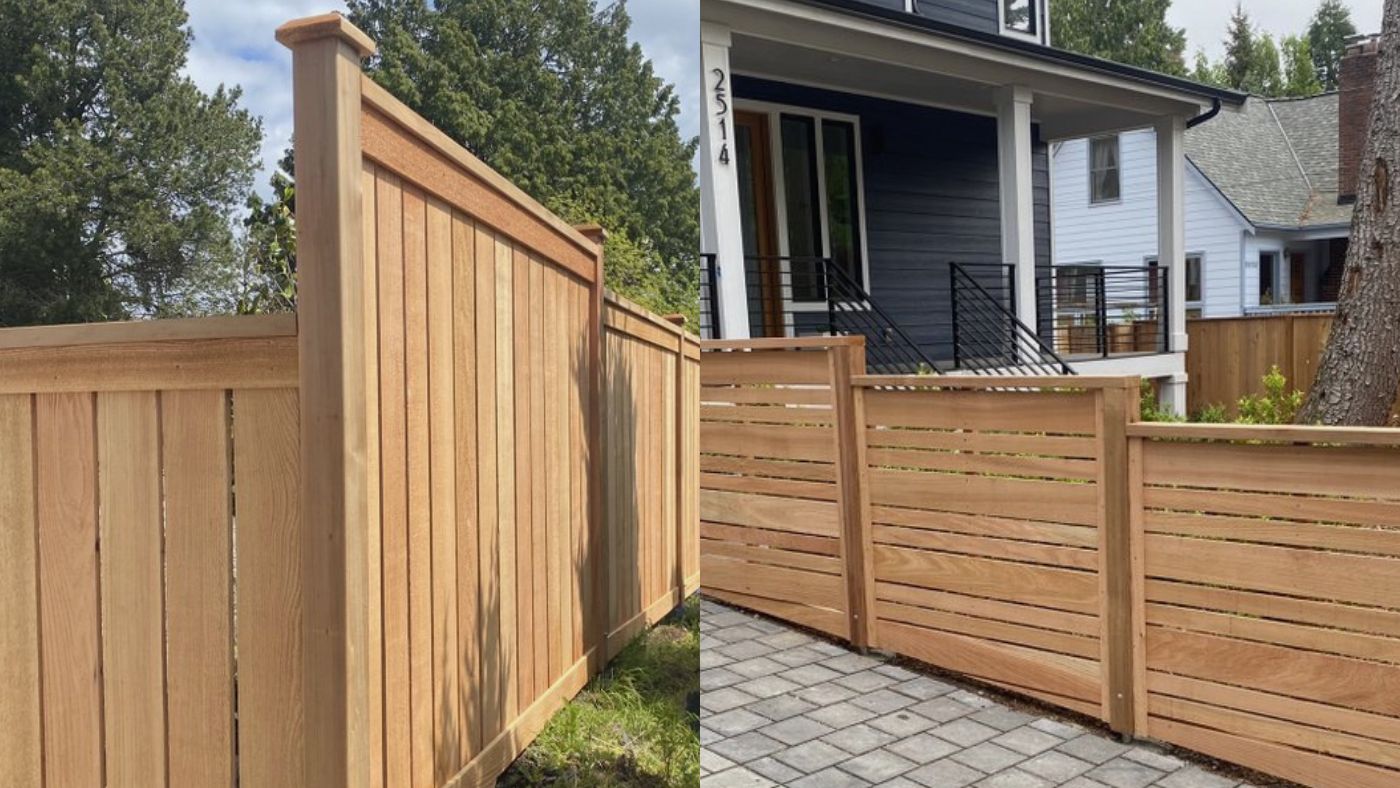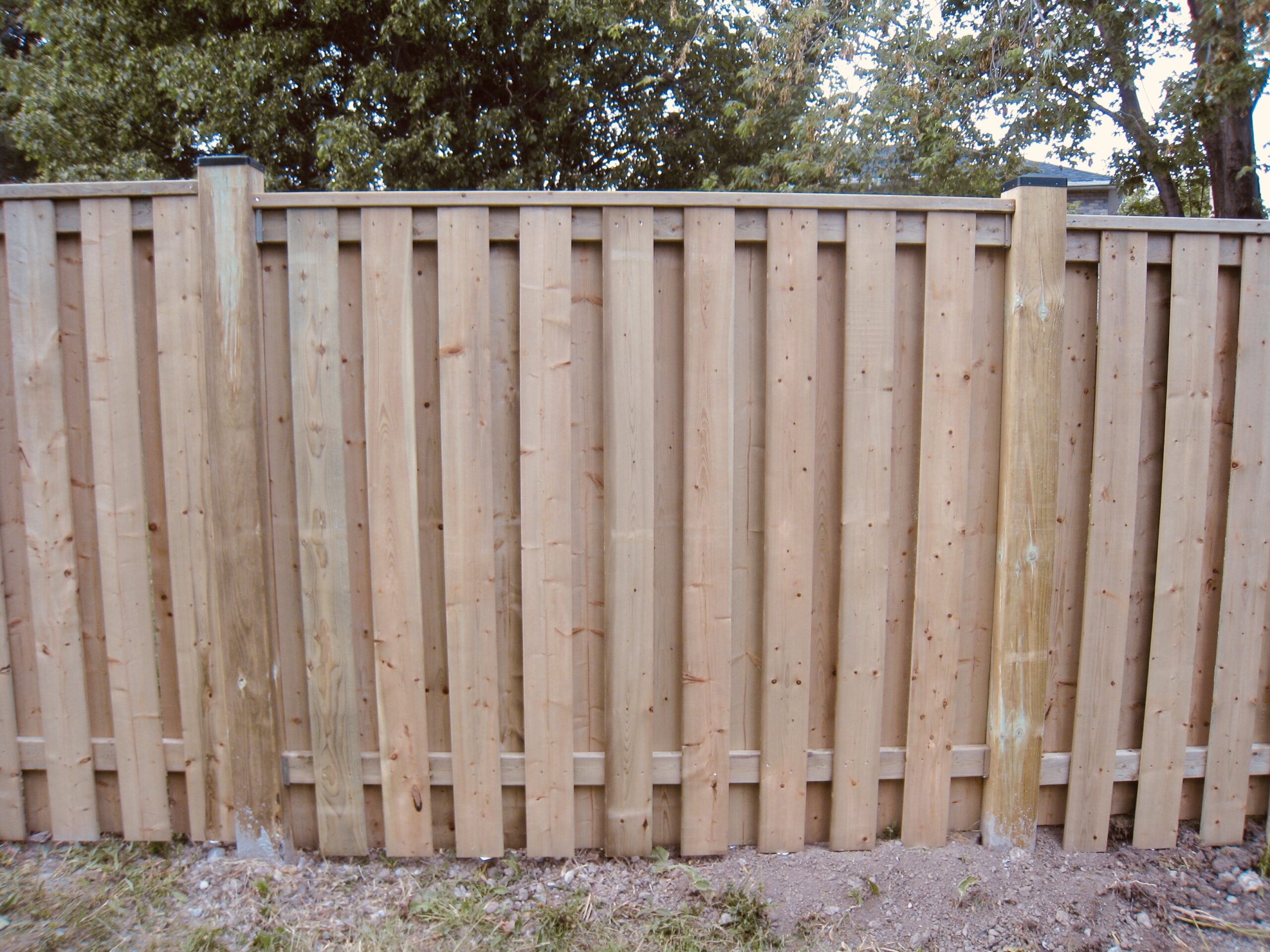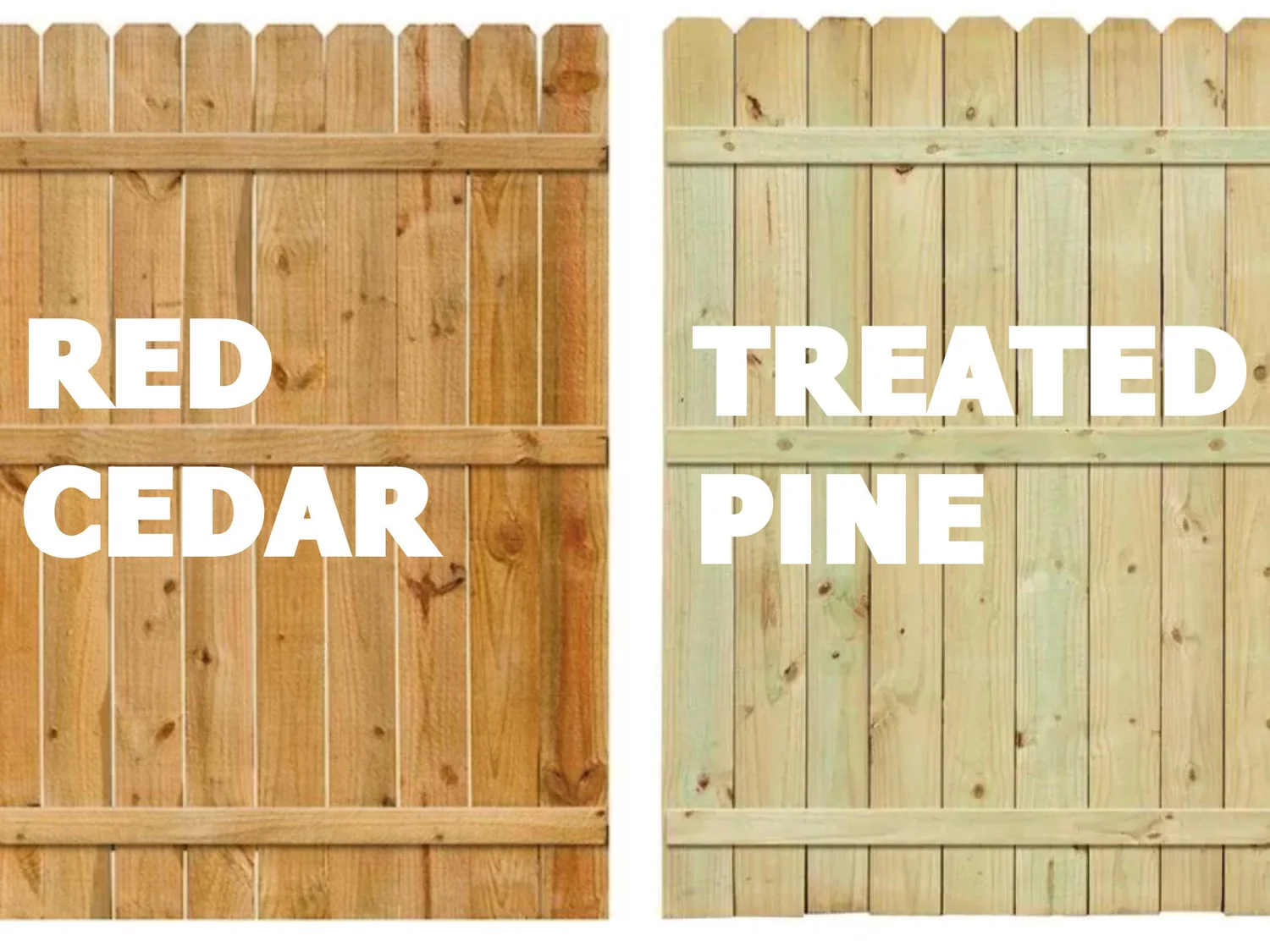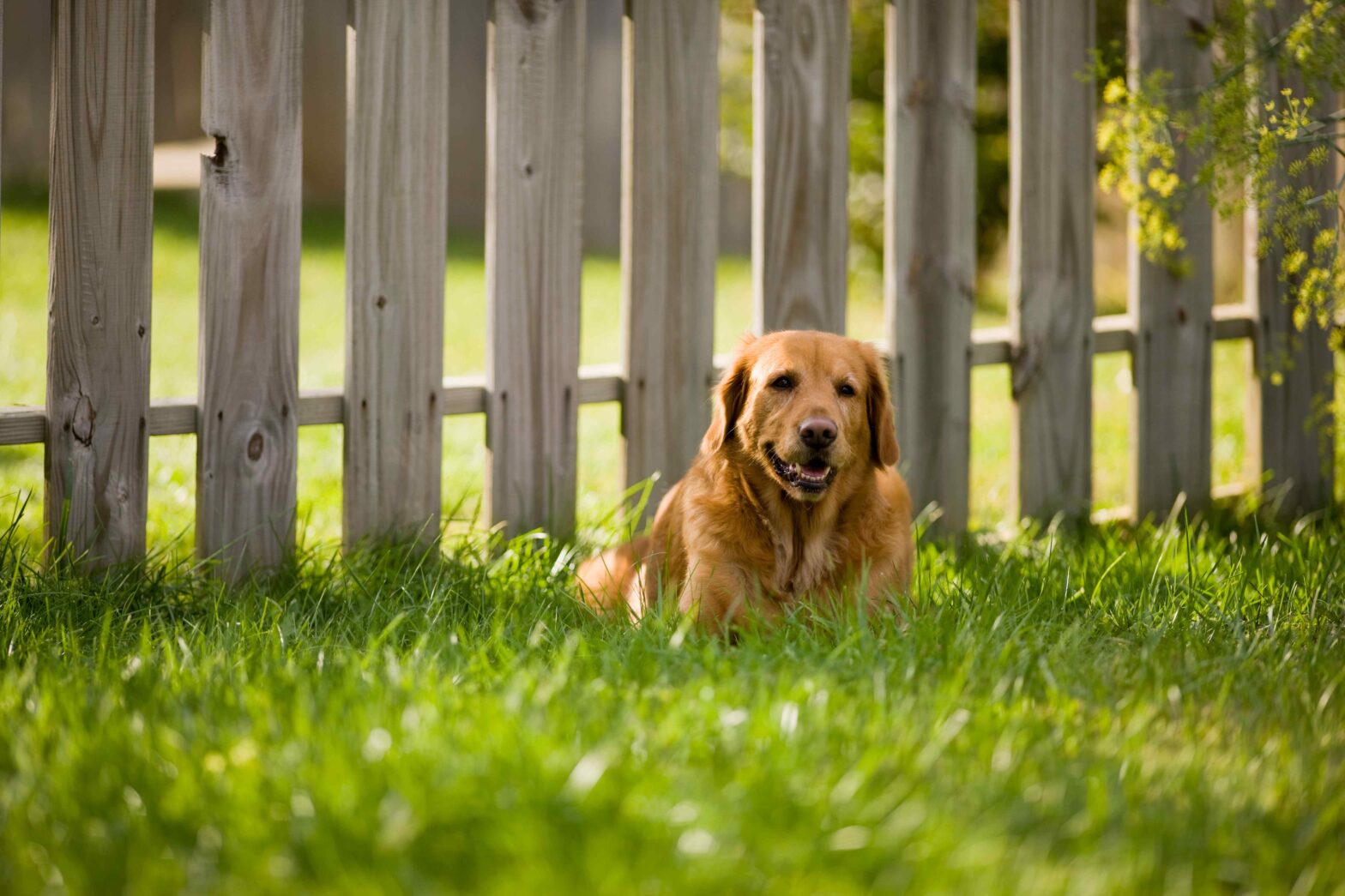
Pet-Friendly Fencing
Safe & Stylish Solutions for Your Four-Legged Family
Pet-Friendly Fencing: Safe & Stylish Solutions for Your Four-Legged Family
Creating a secure outdoor space for your beloved pets is one of the most important investments you can make as a pet owner. A well-designed pet-friendly fence not only keeps your furry family members safe but also provides them with the freedom to explore, play, and enjoy the great outdoors without constant supervision. Whether you have an energetic golden retriever who loves to run or a curious cat who enjoys sunbathing in the yard, choosing the right fencing solution requires careful consideration of both safety and style.
Understanding Your Pet’s Unique Needs
Before selecting the perfect fence for your property, it’s essential to understand your pet’s specific requirements and behaviors. Different animals have vastly different needs when it comes to containment and safety.
Size and Breed Considerations
The size and breed of your pet play a significant role in determining the appropriate fence height and design. For smaller dogs, a fence that is 3-4 feet high may be sufficient, while larger breeds or dogs known to be good jumpers require a fence that is at least 6 feet tall. Medium-sized dogs typically need a fence that is 5 feet tall, positioned at shoulder height to prevent jumping attempts.
Some breeds are natural escape artists with exceptional athletic abilities. Boxers, Greyhounds, German Shepherds, and Vizslas are particularly known for their jumping prowess and may require additional security measures beyond standard fencing heights. Border Collies and other herding breeds are also notorious for their climbing abilities and problem-solving skills when it comes to fence navigation.
Behavioral Patterns and Temperament
Understanding your pet’s behavioral patterns is crucial for selecting the most appropriate fencing solution. High-energy dogs that love to run and play may benefit from a more spacious enclosed area, while calm, smaller breeds might be content with a more compact space. Dogs prone to digging require special attention to the fence’s ground-level installation, with many pet owners opting for concrete footings or buried barriers to prevent escape attempts.
Cats present their own unique challenges, as they are natural climbers and can scale most traditional fences with ease. Cat-proofing a fence often requires specialized extensions, rollers, or enclosed tops to prevent escapes while still allowing outdoor access.
Top Pet-Friendly Fencing Materials
Choosing the right material for your pet fence involves balancing safety, durability, aesthetics, and maintenance requirements. Each material offers distinct advantages and considerations for pet owners.
Vinyl Fencing: The Low-Maintenance Champion
Vinyl fencing has emerged as one of the most popular choices for pet owners seeking a balance of safety, style, and practicality. This synthetic material, typically made from polyvinyl chloride (PVC), offers remarkable durability and resilience due to its unique chemical composition and manufacturing process. Vinyl fencing is ideal for creating a safe and secure outdoor space, as it’s difficult for animals to climb or dig under due to its solid panels and sturdy construction.
Unlike traditional wooden fences, vinyl fencing resists damage from pets themselves, as dogs cannot chew through the material, eliminating the risk of splintering and potential injuries. The smooth surface of vinyl panels also prevents pets from getting scratched or injured while playing near the fence line. Additionally, vinyl fencing requires minimal maintenance, as it doesn’t need painting, staining, or regular sealing like wood alternatives.
Chain Link: Affordable and Functional
Chain link fencing remains one of the most frequently used materials for building pet play areas and containment systems. This style of fencing allows pet owners to see into the yard and monitor their animals from a distance, making it particularly valuable for dogs that will be left alone for extended periods. Chain link is traditionally rot-resistant and durable, with even the most determined pets having difficulty chewing through the metal construction.
A standard 6-foot chain link fence typically costs between $15 and $30 per linear foot, making it an affordable option for many pet owners. For those seeking additional privacy, chain link fences can be enhanced with privacy slats that create a visual barrier while still allowing sunlight to filter through the yard.
Aluminum and Metal Options
Aluminum fencing offers an excellent combination of strength, style, and longevity for pet containment. This material is particularly popular for pet owners who want an attractive fence that complements their home’s architecture while providing secure containment. Aluminum fences can be customized with special features like “puppy picket” panels, which feature narrower spacing at the bottom 16 to 18 inches of the fence with pickets spaced approximately 2 inches apart to prevent small dogs from squeezing through.
Wood Fencing: Natural Beauty with Considerations
While wood fencing offers natural beauty and traditional appeal, it requires special considerations for pet owners. Pets, especially puppies, may be prone to chewing on wooden fences, which can damage the fence and pose health risks to the animal. Additionally, wooden fences often require treatment with chemicals and preservatives to protect against rot and insect damage, and these treatments may pose risks to pets that come into contact with the treated wood.
When choosing wood fencing for pet areas, it’s crucial to select pet-safe treatments and maintain the fence properly to prevent splintering, which can cause injuries to both pets and humans. Regular inspection and maintenance are essential to ensure the fence remains structurally sound and safe for pet use.
Essential Safety Features for Pet Fencing
Creating a truly pet-safe fence requires attention to specific design elements and safety features that address common escape methods and potential hazards.
Proper Height and Spacing
The height of your fence should be determined by your pet’s size, breed, and jumping ability. Most working breeds are considered medium or large-breed dogs, with the average height of a male Labrador retriever being between 22 and 24 inches tall. While their height tops out around two feet, the breed is well-known for its athletic ability, particularly when it comes to jumping, with most Labradors being able to clear a four-foot fence and some jumping as high as five feet.
For very small dogs and puppies, reduced picket spacing is essential to prevent escapes. The bottom portion of the fence should feature closer spacing to accommodate smaller pets, while the upper portion can maintain standard spacing for aesthetic appeal and cost efficiency.
Ground-Level Security
Preventing pets from digging under fences requires careful attention to ground-level installation. When having a fence installed, ensure it’s installed tight to the ground to limit animals’ ability to dig underneath. Adding a bottom rail and possibly a middle rail to chain link fences is very effective for preventing escape attempts.
Some pet owners opt for concrete curbs along the fence line or buried barriers that extend several inches below ground level to deter digging. These underground deterrents are particularly important for breeds known for their digging behavior, such as terriers and hounds.
Gate Security and Hardware
Gates are often the weakest point in any fence system, making proper gate hardware essential for pet safety. Self-closing gates with magnetic latches ensure that gates remain secure even if someone forgets to latch them properly. For pet owners with particularly clever animals, consider gates with two-way locking mechanisms that prevent pets from opening latches with their noses or paws.
Specialized Solutions for Different Pet Types
Different pets require different approaches to fencing, with specialized solutions available for specific needs and behaviors.
Small Dog and Puppy Considerations
Small dogs and puppies present unique challenges for fence design, as they can squeeze through surprisingly small openings. Puppy picket fencing offers a practical solution, mixing standard spaced fence panels with tight spaced sections at the bottom. This design prevents tiny pups from escaping while maintaining the aesthetic appeal of traditional fencing.
For temporary solutions, removable mesh panels can be attached to existing fences and removed as puppies grow larger. This approach allows pet owners to adapt their fencing as their pets mature without requiring complete fence replacement.
Large and Athletic Breeds
Large and athletic dog breeds require additional security measures beyond standard fencing. These dogs often benefit from taller fences, typically 6 feet or higher, combined with features that prevent climbing attempts. Coyote rollers, which consist of roller bars installed at the top of existing fencing, prevent dogs from gaining purchase when they try to climb over the fence.
For dogs that are both strong and determined, maximum strength fencing options are available that use heavier gauge materials and reinforced construction to withstand pressure and climbing attempts.
Cat-Specific Solutions
Cats require specialized fencing solutions due to their natural climbing abilities and different behavioral patterns. Cat-proofing a fence often involves adding extensions that curve inward at the top, preventing cats from climbing over. Rotating paddle systems that spin when cats try to climb them are another effective solution for keeping cats contained.
For cat owners seeking comprehensive solutions, full enclosures with overhead coverage may be necessary to prevent escapes while still allowing outdoor access. These systems can be designed to blend seamlessly with existing landscaping while providing complete containment.
Maintenance and Longevity
Proper maintenance is essential for ensuring your pet fence remains safe and functional throughout its lifespan. Regular maintenance not only extends the life of your fence but also prevents potential safety hazards that could harm your pets.
Seasonal Inspection and Care
Each spring, conduct a thorough walk around the perimeter of your yard to inspect your fence and gates, both inside and out, to ensure they remain structurally sound and that all moving parts are in good working order. Look for signs of damage from winter weather, including loose boards, bent wires, or damaged hardware that could create escape opportunities or safety hazards.
During inspections, pay particular attention to areas where pets frequently play or gather, as these locations experience the most wear and tear. Check for signs of digging along the fence line, and reinforce areas where pets have attempted to create escape routes.
Cleaning and Upkeep
Different fence materials require different maintenance approaches. For vinyl fencing, regular cleaning with pet-safe cleaners helps maintain appearance and prevents the buildup of dirt and grime that could harbor harmful bacteria. Look for products that explicitly state they are safe for pets and free from toxic chemicals.
Wooden fences require more intensive maintenance, including regular application of pet-safe stains and sealants to prevent deterioration. When selecting treatments for wooden fences, choose products with low or no volatile organic compounds (VOCs) to ensure pet safety.
Professional vs. DIY Installation
While some pet owners choose to install their own fencing, professional installation often provides better results and long-term value. DIY installation can be cost-effective upfront, but mistakes during installation can lead to unexpected expenses and potential safety issues. Professional installers have the experience and tools necessary to ensure proper installation, including correct post spacing, appropriate depth for post holes, and proper gate hardware installation.
Professional installation also typically comes with warranties that protect your investment and ensure any issues are addressed promptly. This peace of mind is particularly valuable for pet owners who depend on their fence for pet safety and security.
Creating a Complete Pet-Safe Environment
A well-designed fence is just one component of creating a comprehensive pet-safe outdoor environment. Consider additional factors that contribute to your pet’s safety and enjoyment of their outdoor space.
Landscaping Considerations
When planning your fenced area, consider pet-safe landscaping options that complement your fence design. Avoid toxic plants such as azaleas, rhododendrons, and lilies, which can be harmful to pets if ingested. Instead, choose pet-friendly plants that can withstand pet activity and provide visual interest throughout the seasons.
Consider providing strategically placed shade areas within the fenced space, especially if your yard consists mostly of hard surfaces that can become hot during sunny days. This is particularly important for protecting sensitive paw pads and preventing overheating.
Eliminating Hazards
Remove or secure potential hazards within the fenced area, including toxic substances like pesticides and herbicides that can be harmful to pets. Metal lawn edging should be replaced with pet-safe alternatives such as plastic edging, bricks, or poured concrete to prevent cut paws. Secure compost bins and avoid using cocoa bean mulch, which contains theobromine that is toxic to dogs.
Conclusion
Investing in a quality pet-friendly fence is one of the best decisions you can make for your four-legged family members. The right fence provides security, freedom, and peace of mind while enhancing your property’s aesthetic appeal and value. Whether you choose vinyl for its low maintenance, chain link for its affordability, or aluminum for its style and durability, the key is selecting a solution that meets your pet’s specific needs and your family’s lifestyle.
At A D Holmes Fence and Deck, we understand that every pet and every family has unique requirements. Our experienced team can help you design and install the perfect fencing solution that keeps your pets safe while complementing your home’s architecture and landscaping. With over 25 years of experience serving York and Durham regions, we’re committed to providing quality fencing solutions that stand the test of time.
For more information about our fencing services or to schedule a consultation, contact us today. We also offer comprehensive deck installation services to complete your outdoor living space. Remember, when it comes to pet safety, quality matters, and choosing the right fencing partner ensures your investment will provide years of reliable service.
For additional information about pet-safe fencing options and safety considerations, visit the Ontario Society for Prevention of Cruelty to Animals (OSPCA) for comprehensive pet safety resources and guidelines.
